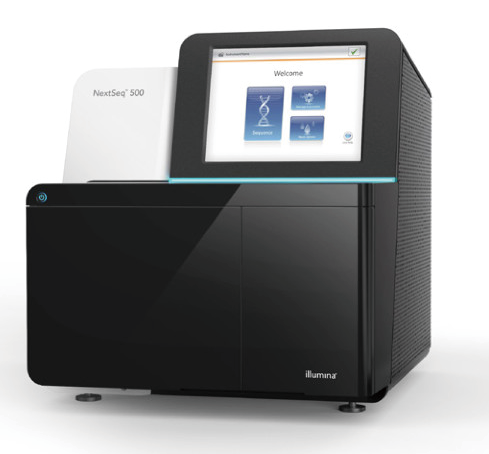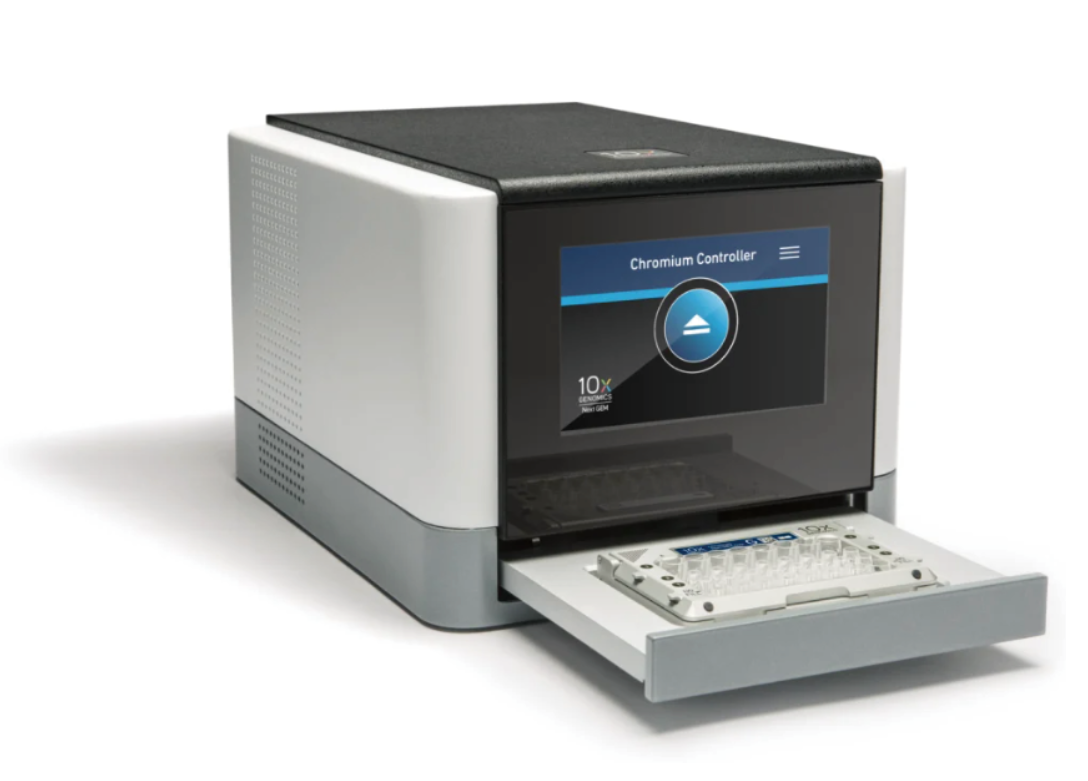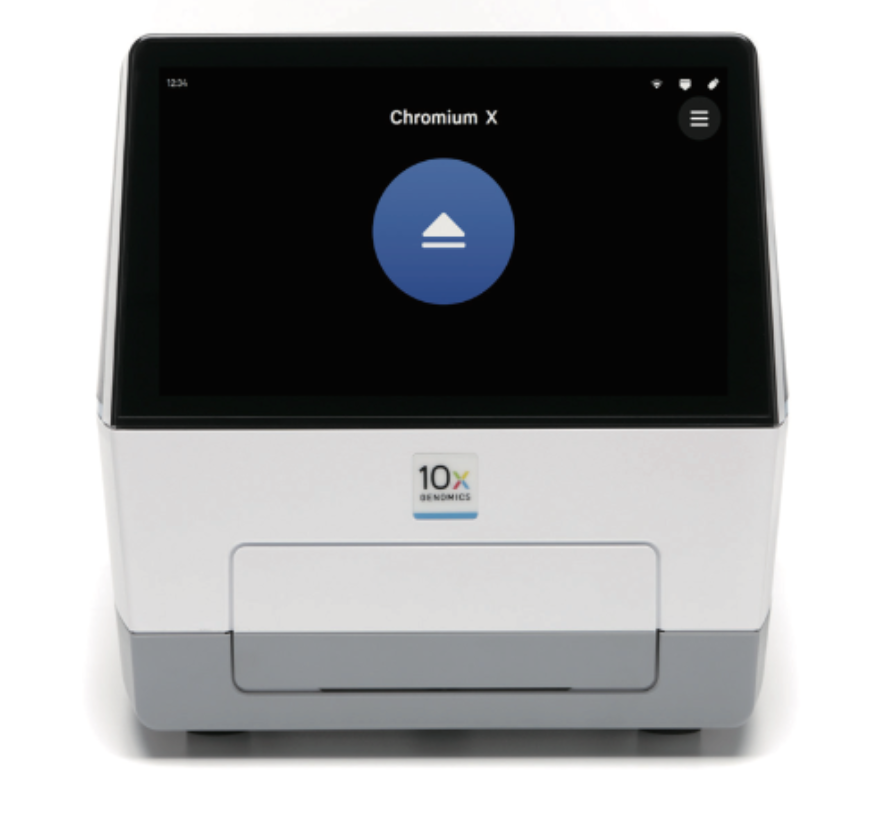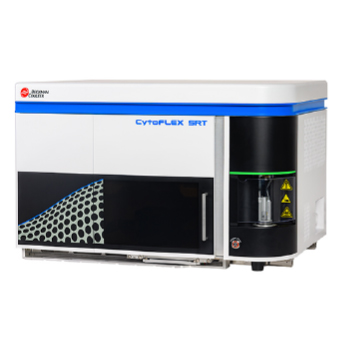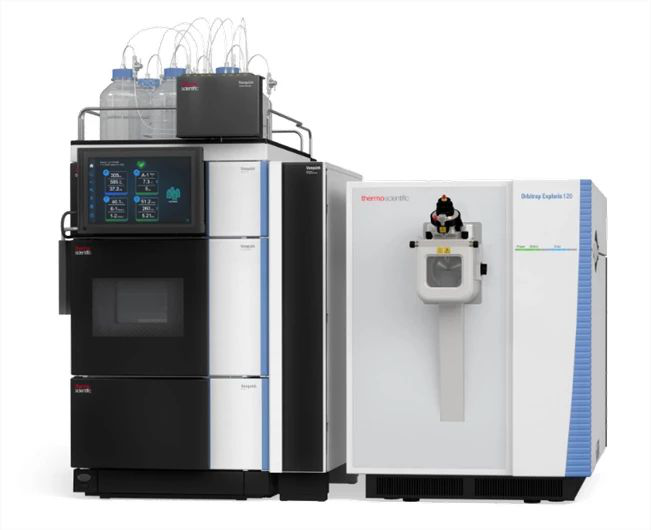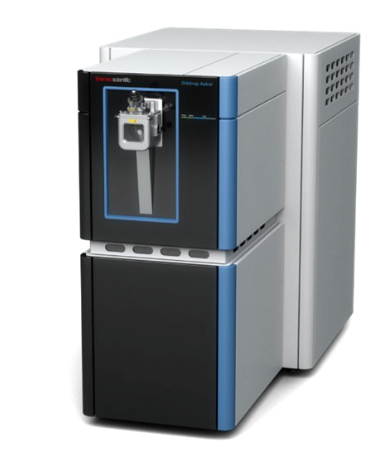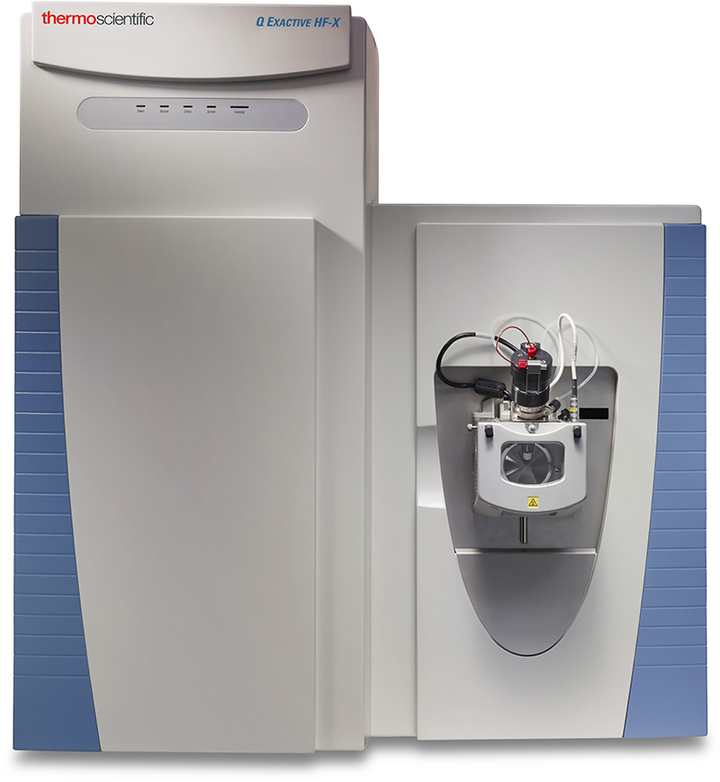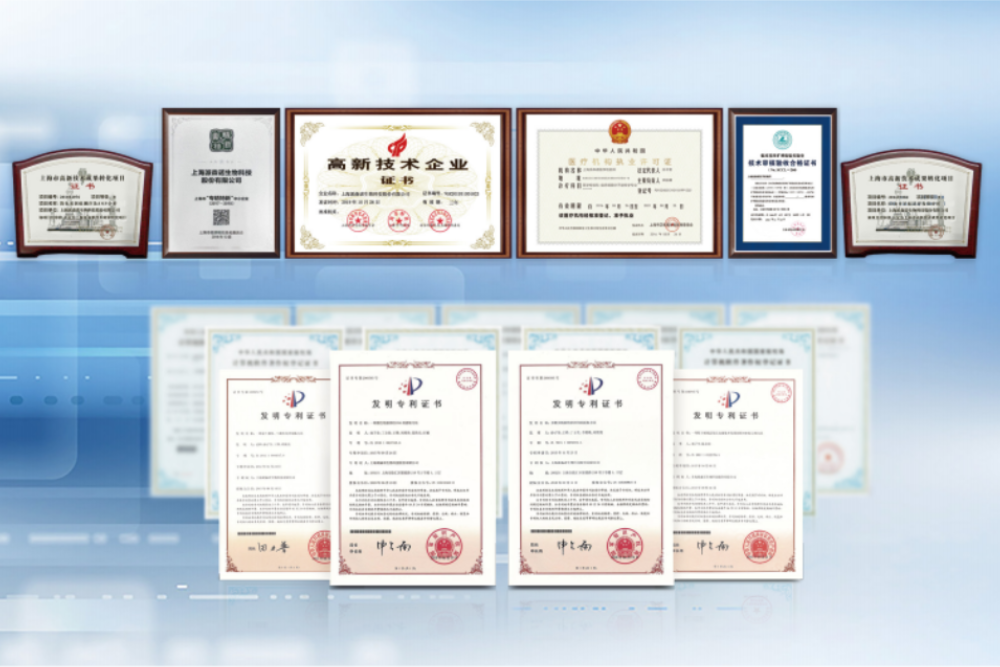Abstract:
We successfully accounted for the dynamics of cadmium (Cd) solubility in paddy soil that contained a realistically low total Cd concentration (0.36 mg kg−1) after submergence and redrying by monitoring multiple chemical and microbial soil properties. The addition of rice straw promoted greater microbial iron reduction and induced a greater increase in soil pH after submergence, compared to the control and treatments with added gypsum or hematite. Consequently, dissolved Cd decreased to under the detection limit in one week in the straw-amended treatment but remained high even after eight weeks in the other three treatments. The Cd solubility strongly correlated with soil pH and was unlikely to decrease due to Cd precipitation in secondary iron minerals. After five weeks of redrying, the dissolved Cd content was still the lowest, and the putative iron-reducing bacteria Geobacter remained the most abundant in the straw-amended soil. The results suggest that the addition of organic matter can efficiently immobilize soil Cd at an environmentally realistic concentration by stimulating the microbial reduction of native oxidized soil components after submergence, while adding extra iron oxide or sulfate alone is not effective because it does not eliminate the limitation imposed by electron donors on microbial reduction.
Text Link:
https://www.sciencedirect.com/science/article/pii/S0304389419306090






